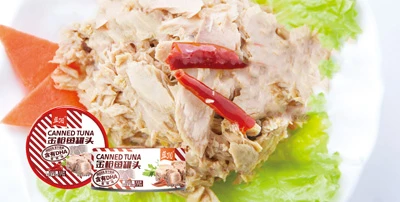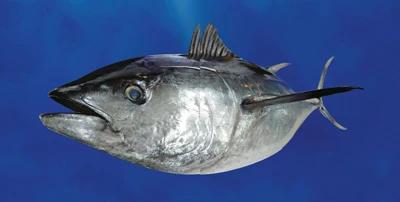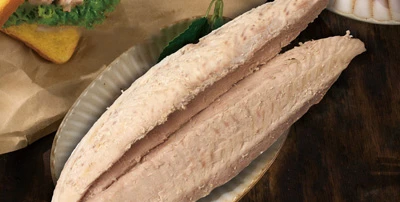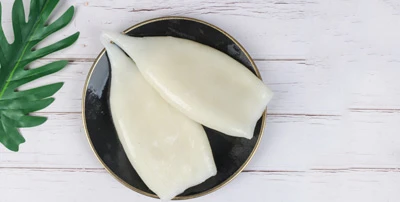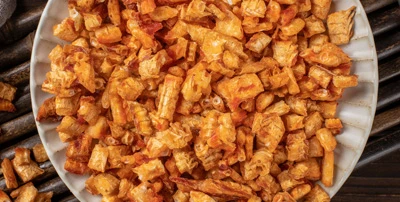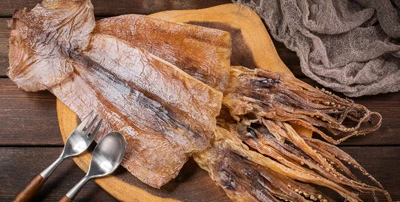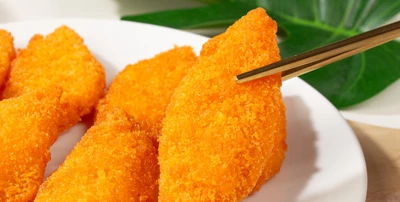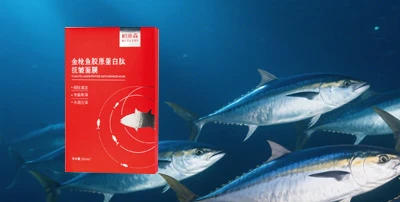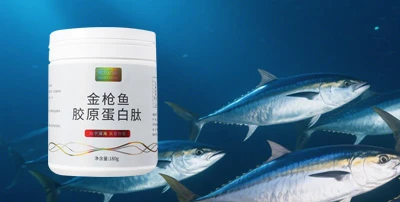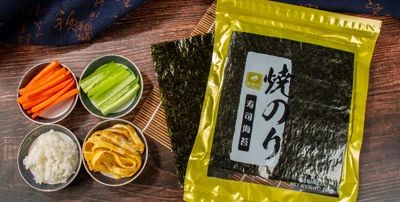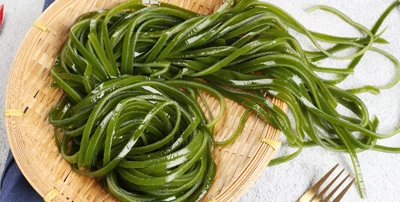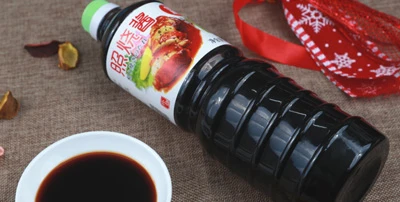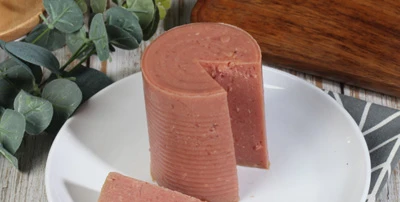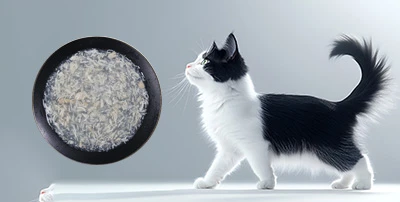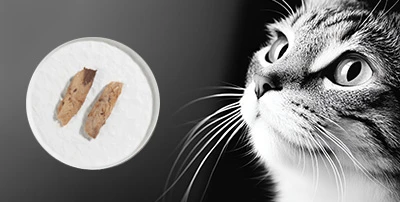Blog
Consult Now
Need help? We're here to assist!
Contact Phone
Contact Email
Contact Address
No. 299 Longyu North Road, Shidao Industrial Park, Rongcheng City, Shandong Province, China
Differences and Origins of Nori and Kelp: Different Delicious Legends from the Same Ocean
Release Time :
Jun 09,2025
Source :
Biological Classification: The "Distant Relatives" of Red Algae and Brown Algae
The Core Differences Between Nori and Kelp
Biological Classification: The "Distant Relatives" of Red Algae and Brown Algae
Nori: Belongs to the red algae phylum, processed from Porphyra, with a simple structure, no differentiation into roots, stems, or leaves, appearing as sheets or films.
Kelp: Belongs to the brown algae phylum, large sporophyte, brown, flat ribbon-like, divided into blades, stipes, and holdfasts (root-like), up to 20 meters long.
Morphological Features: Green Crispy Sheets vs Brown Wide Strips
Nori: Freshly green or dark green, soft texture; becomes brittle when dried, often made into thin sheets, such as snack nori sheets.
Kelp: Freshly olive brown, turns dark brown or blackish brown when dried, thick blades with wavy edges, attached to rocks or ropes for growth.
Uses: Snack King vs Kitchen Staple
Nori: Mainly used for snacks (such as nori sheets), sushi, rice balls, or as a seasoning (such as nori powder) to add umami flavor.
Kelp: Commonly used in soups (such as kelp soup), cold dishes, stews (such as kelp pork rib soup), also used to extract minerals like iodine and potassium, or used medicinally (called kombu).
Nutritional Components: Low Sodium Antioxidant vs High Iodine Thyroid Support
Nori: Rich in protein, dietary fiber, vitamins (A, E, B complex), and minerals (iron, calcium, iodine), low in sodium, suitable for people with hypertension.
Kelp: Extremely high iodine content (about 2400 micrograms per 100 grams), a natural food to prevent goiter, also rich in dietary fiber, aiding bowel movements.
Recommended News
Canned Tuna: A Delicious Dish from the Deep Sea to the Table
We can easily use canned tuna to create a variety of delicious dishes. Let's get started together and turn this delicacy from the deep sea into a feast on the table!
An article to introduce you to the "internet-famous" product in cat food — cat sticks
Cat sticks are a type of wet food for cats, classified as a kind of cat treat. They are a liquid cat food made by emulsifying and homogenizing minced meat and then adding some ingredients to form a composite.
Let's talk about other delicious parts of tuna besides sashimi.
In addition to tuna sashimi, its belly, swim bladder, head, eyes, and skin also offer delicious flavors and rich nutritional value. When enjoying tuna, try these parts to experience their unique taste.
Why are cat treats so attractive to cats?
If you have a cat at home, then you must be familiar with the magical cat treats.
If you want to make kelp strips more delicious, you might try the following methods
To make kelp strips more delicious, you can choose different methods according to personal taste. Whether stir-fried, sweet and sour, cold mixed, stewed in soup, or grilled, kelp strips can showcase their unique charm.
Unveiling the Mystery of Nori—Is Nori Actually Laver?
Seaweed, this food often plays the role of a delicious dish in daily life.
Differences and Origins of Nori and Kelp: Different Delicious Legends from the Same Ocean
Biological Classification: The "Distant Relatives" of Red Algae and Brown Algae
How to make the texture of squid sashimi richer?
Deodorizing process: Remove the squid's internal organs and surface membrane, rub off the mucus with salt, then soak in milk or cooking wine for 10 minutes. The acidic substances break down the fishy odor.


